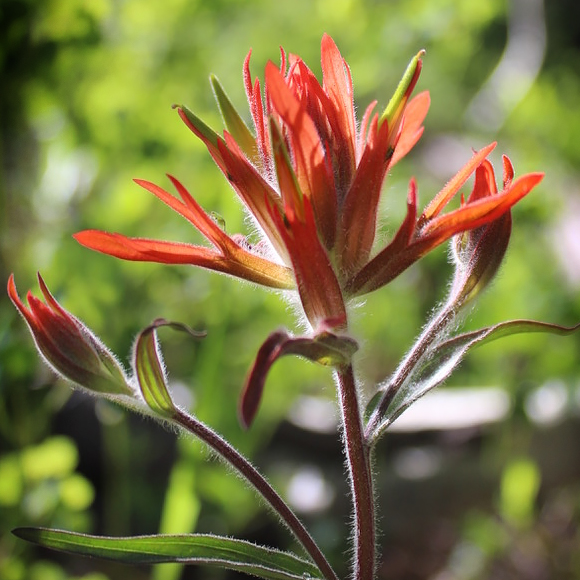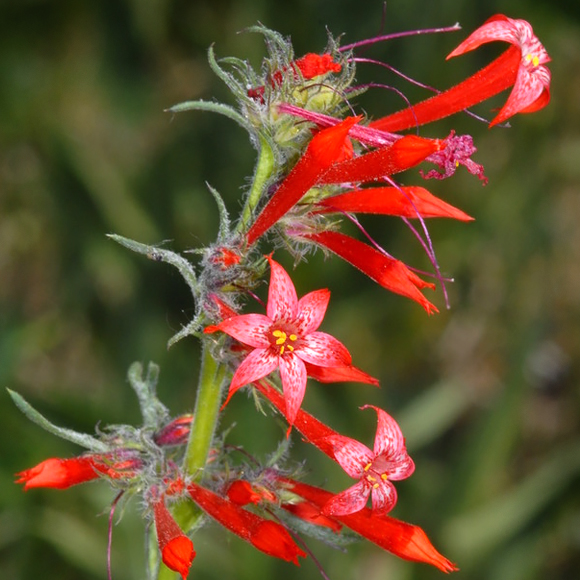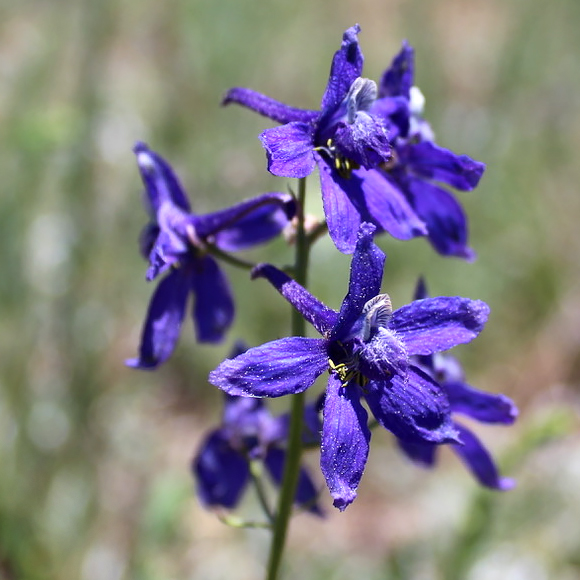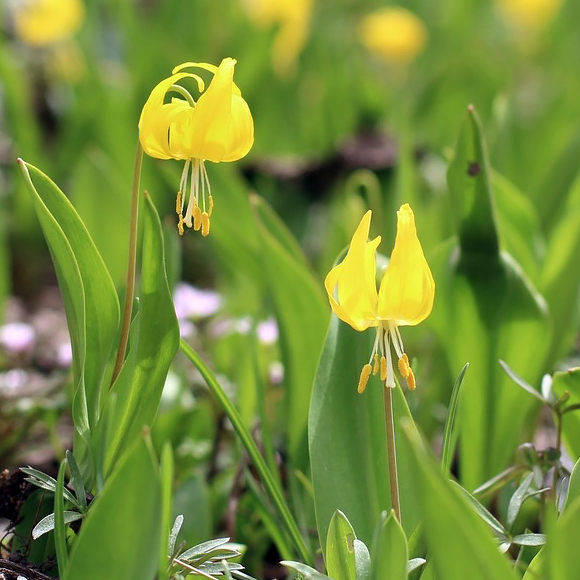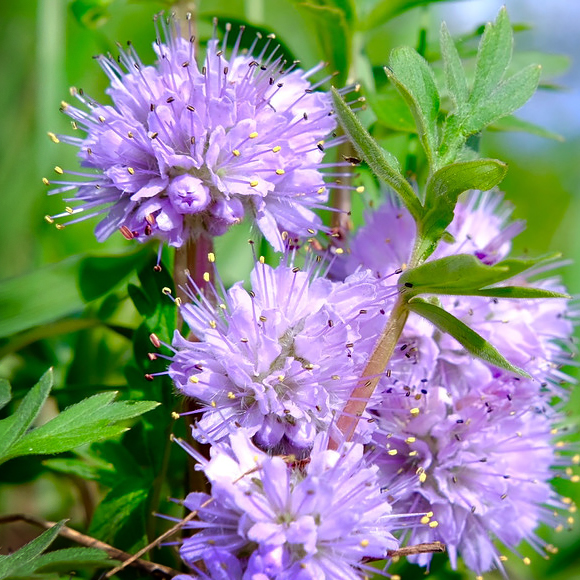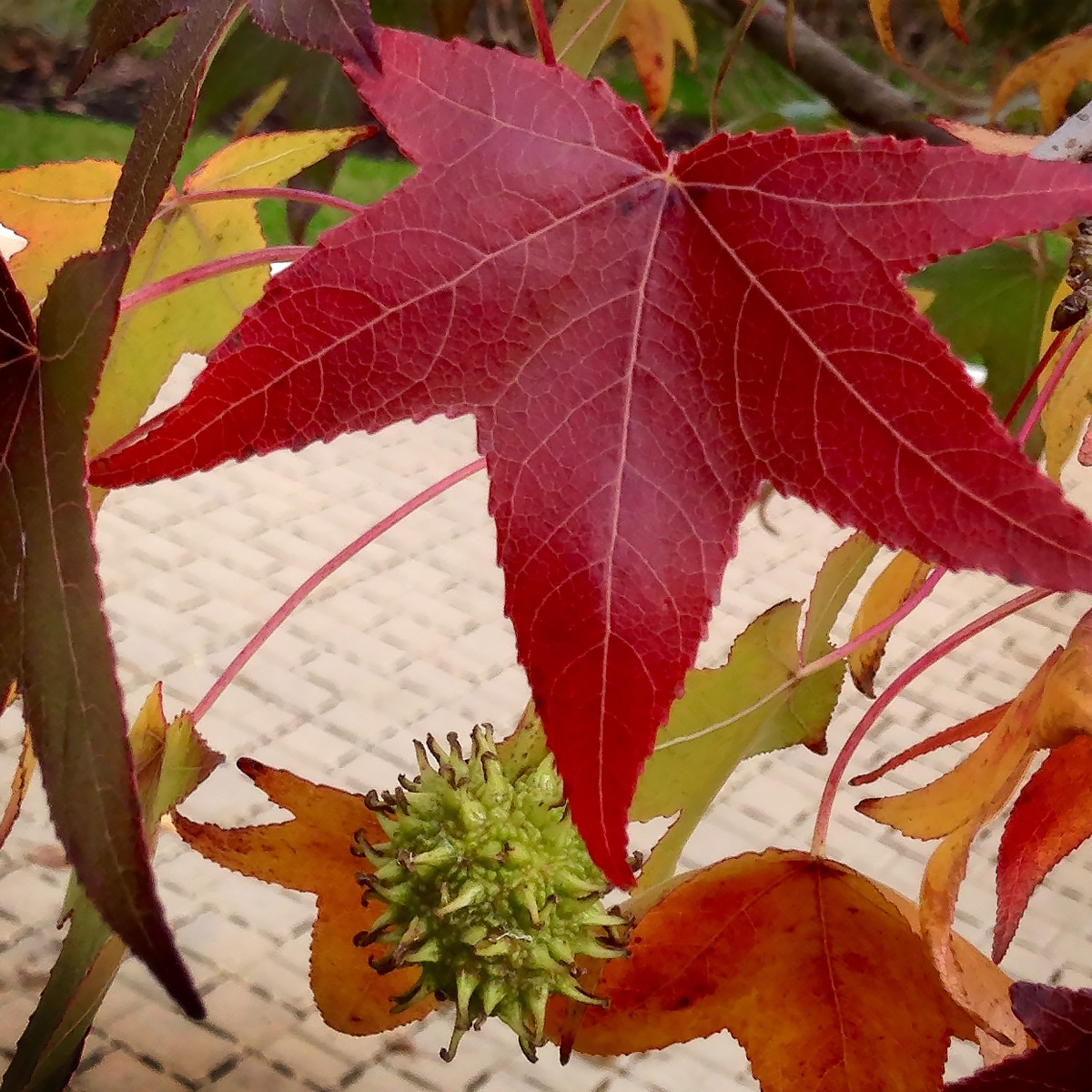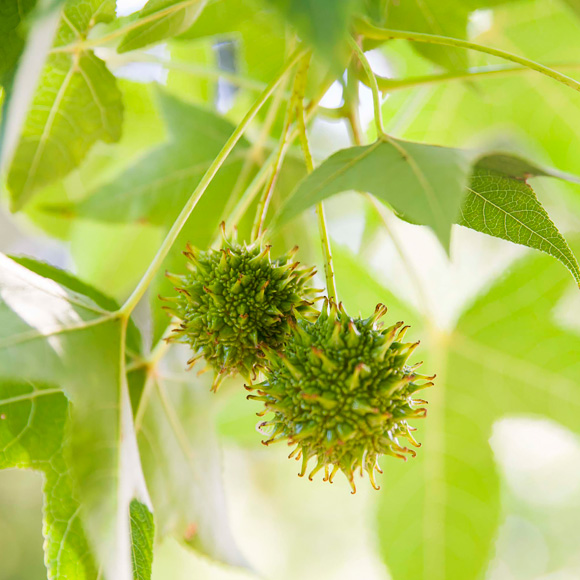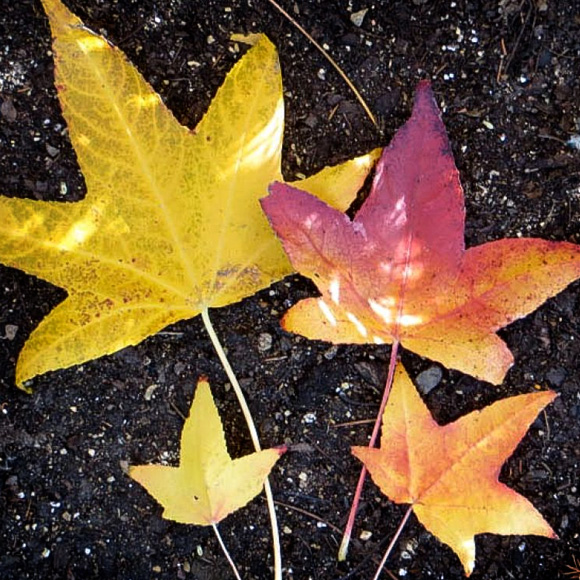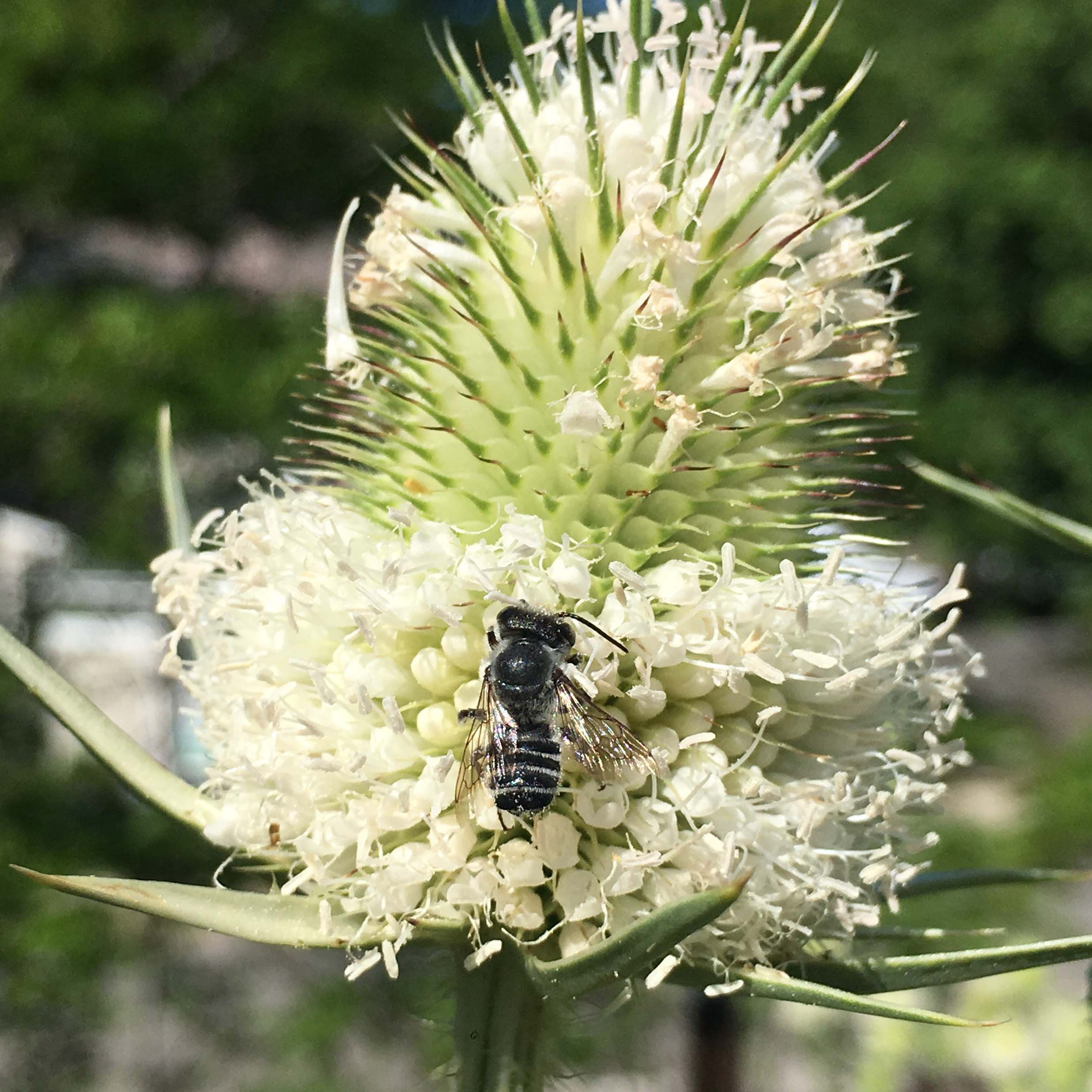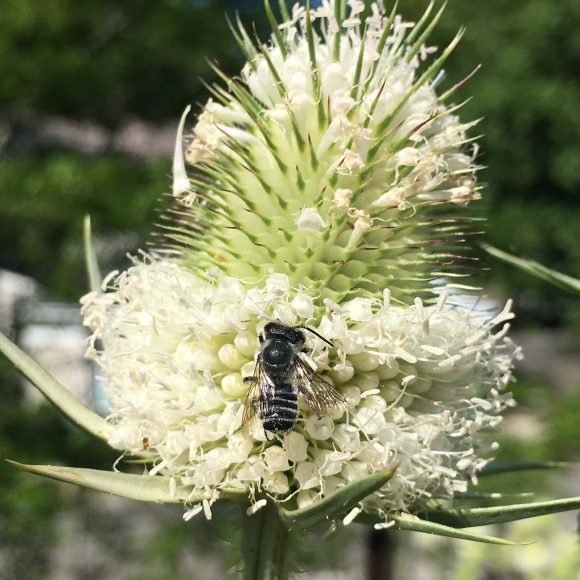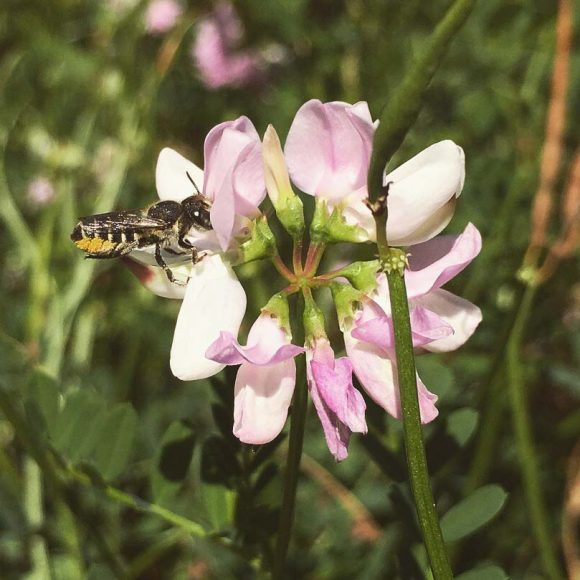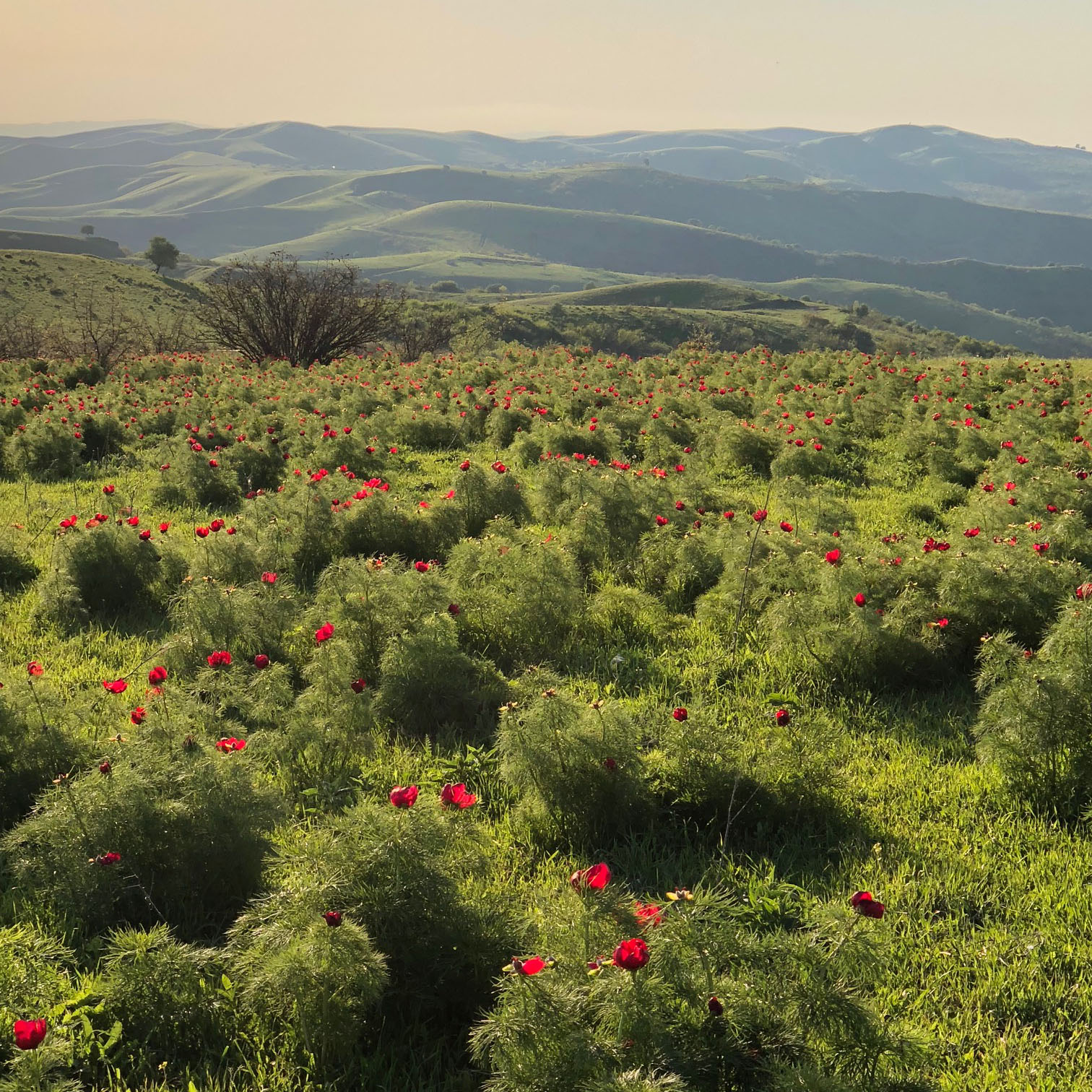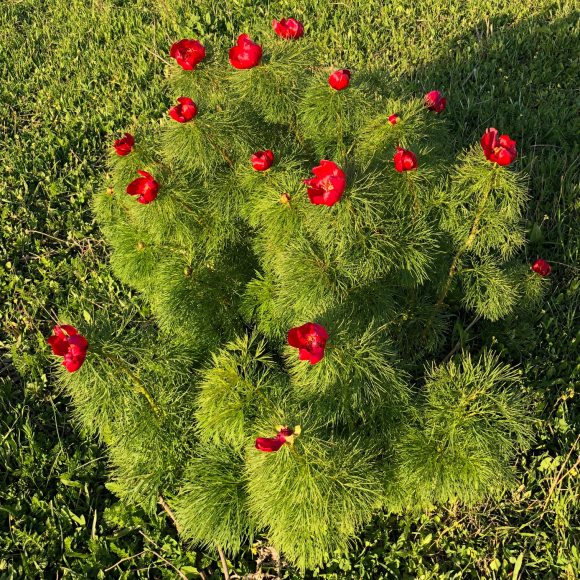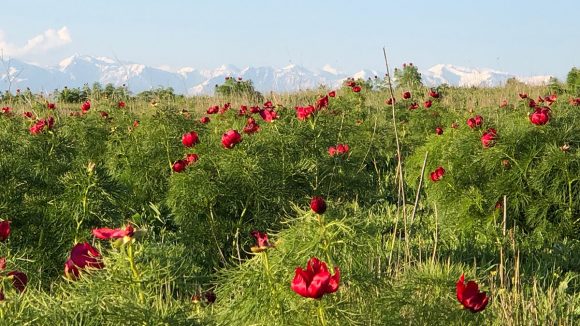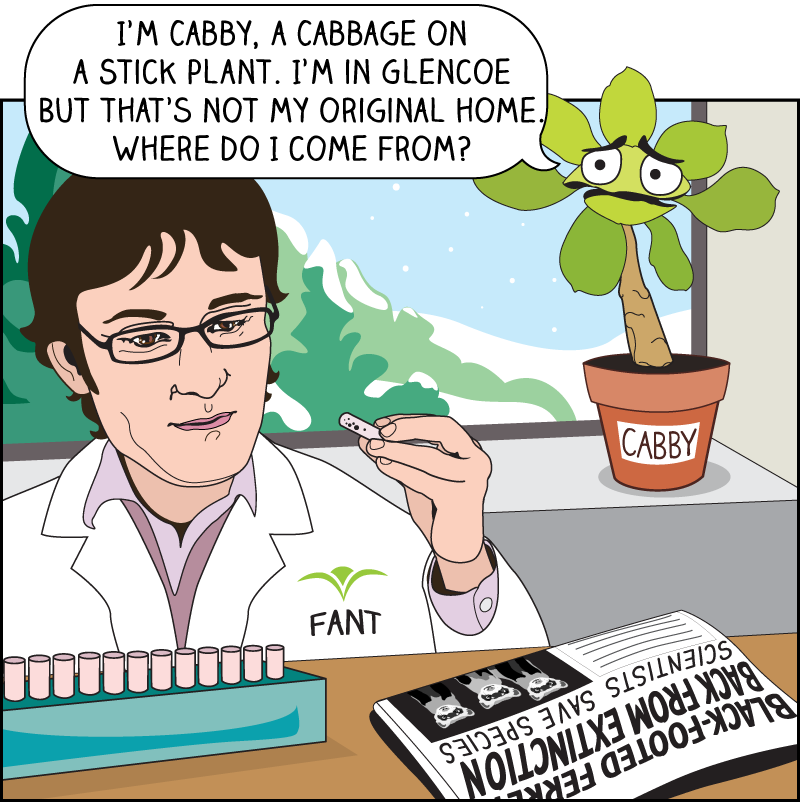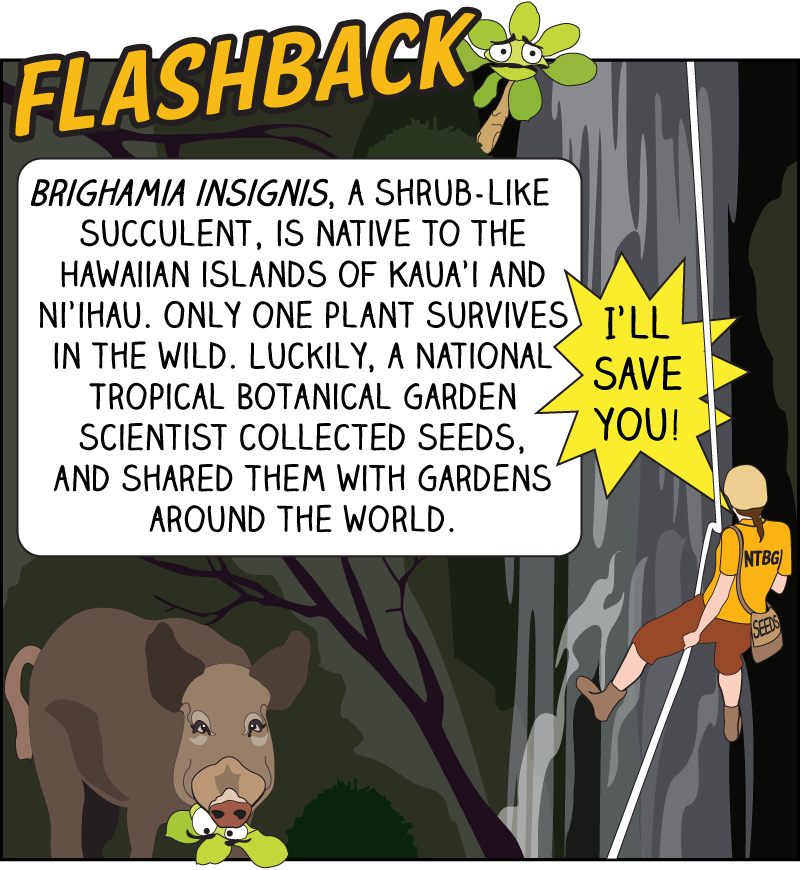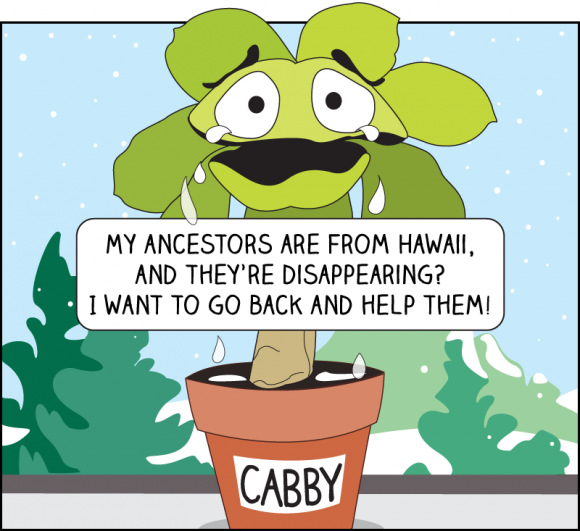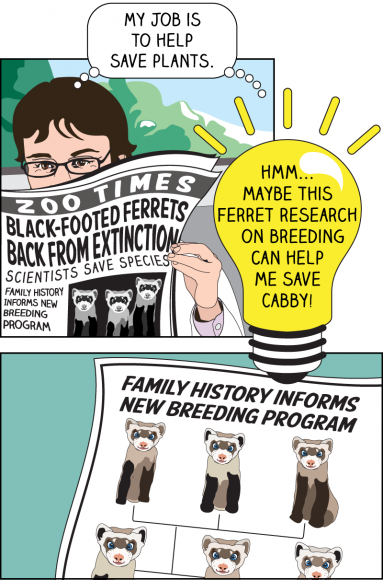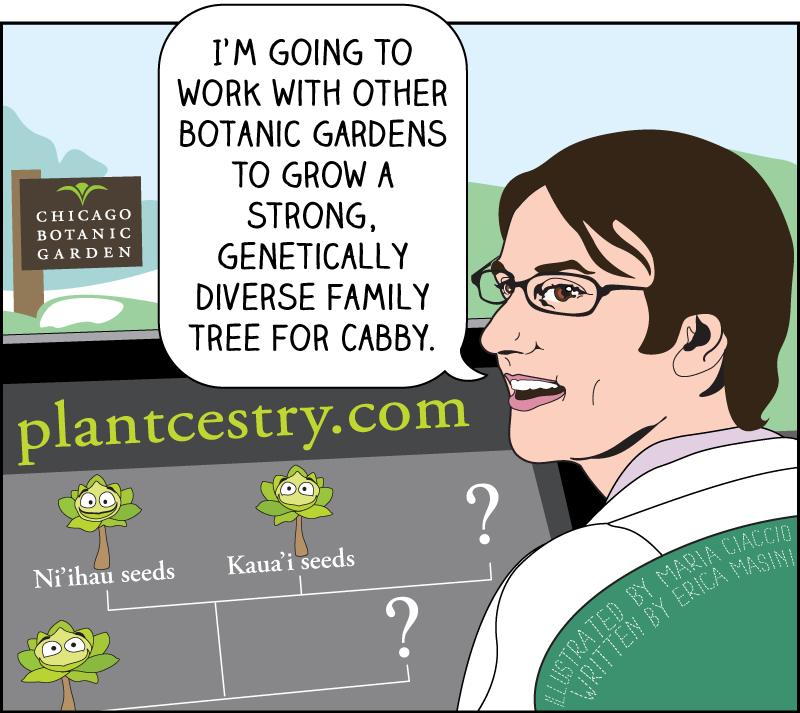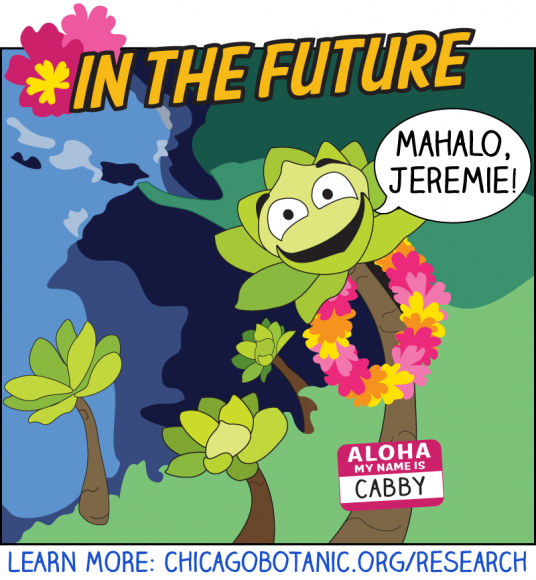Fast and graceful, hummingbirds flit from flower to flower—but which ones and why? A Chicago Botanic Garden scientist and his collaborators recently made some unexpected findings on the subject.
It’s a common perception that plants are perfectly matched to their pollinators and that each pollinator has a specific flower type that they are attracted to. For hummingbirds, many gardeners and scientists alike have long assumed their flower type to be one that is strikingly red, tubular, and scentless.
Flowers that are often thought of as typical choices for hummingbirds:
It’s not hard to see why anyone might assume that hummingbirds and certain kinds of flowers are perfect matches. Hummingbird visits to flowers are visually striking, and many casual observations suggest a typical and consistent set of floral characteristics associated with this plant-pollinator interaction. The vibrant red or orange color of blooms appear as if they were designed specifically to attract the eye of hummingbirds. A hummingbird’s long bill appears perfectly matched for the extraction of nectar from the long, tubular flowers. But don’t be fooled—while it’s satisfying to organize flowers and pollinators and their interactions into clear-cut categories (known as pollination syndromes), these human constructs may mask what is really going on in nature.
Many “typical” hummingbird flowers belong to species that produce diluted nectar with lower sugar concentrations. Yet the hummingbird’s signature hovering flight burns massive amounts of calories. From the hummingbird’s perspective, it would therefore be much more efficient to drink from flowers with more concentrated nectars. Hummingbirds are also known to have acute color vision and show no innate preference for the color red—in other words, there is no reason for them to exclusively focus on red or orange flowers. And their long and slender bills are perfectly capable of extracting nectar from both long and shallow flowers. Finally, hummingbirds do have a sense of smell. So why would hummingbirds go out of their way to visit a limited selection of reddish, long-tubed, scentless flowers that produce cheaper nectar when they could feed from more suitable nearby sources in a diverse buffet of flowers?
Flowers that are “atypical,” or lacking the characteristics we associate with hummingbird-visited flowers (note that they vary in color, shape, odor, and nectar concentration):
The Garden’s Paul CaraDonna, Ph.D., and his research collaborators Nickolas Waser, Ph.D., and Mary Price, Ph.D., of the Rocky Mountain Biological Laboratory, discovered that it all comes down to the basic economics that maximize energetic gain at minimal energetic cost. While camping and conducting research across the American Southwest, the three researchers kept observing something curious and unexpected: hummingbirds routinely visited flowers that lacked the expected typical characteristics of hummingbird flowers.
To make sense of these observations, the team dug back into their field notes from the past four decades and began to look more closely at the potential profitability of atypical vs. typical flowers for hummingbirds. Their field notes contained information on hummingbirds’ foraging rates at flowers and measurements of the nectar sugar concentrations; with this information, the team was able to calculate the energetic profits that could be gained by a hummingbird foraging at either type of flower.
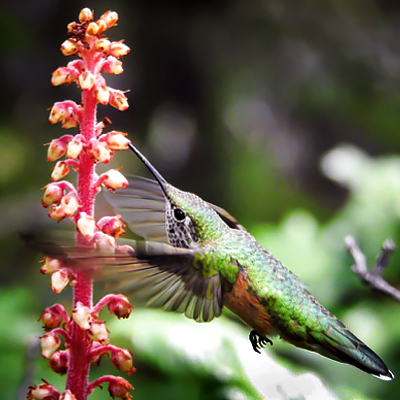
What the team found was that typical and atypical flowers overlapped considerably in their energy content and profitability for hummingbirds. In other words, most typical flowers were no better than most atypical flowers and most atypical ones were no worse than most typical ones. Taken together, this research reveals that hummingbirds are making an energetic profit—not a mistake—when visiting these atypical flowers. In fact, atypical flowers may play a critical yet underappreciated role in supporting hummingbird migration, nesting, and populations in areas that seem to be lacking in suitable floral resources. The results of this research were recently published in the peer-reviewed scientific journal The American Naturalist. Neither typical nor atypical flowers are categorically better or worse than the other, and instead show considerable overlap in the energetic gain they offer to foraging hummingbirds.
Many hummingbird conservation efforts focus solely on typical flowers. Perhaps you have come across suggested hummingbird plant lists that are dominated by typical species. Now knowing that atypical plants can support the migration and residence of hummingbirds, we can consider more than just the typical plants as food resources in habitats and along migration routes.
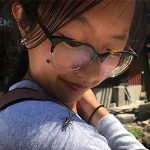
Guest blogger Karen Wang graduated with a B.S in ecology and evolutionary biology and a B.A in creative writing from the University of Arizona in 2017. She has worked as a research assistant on a variety of projects, mostly involving pollinators such as bees and moths.
©2018 Chicago Botanic Garden and my.chicagobotanic.org


